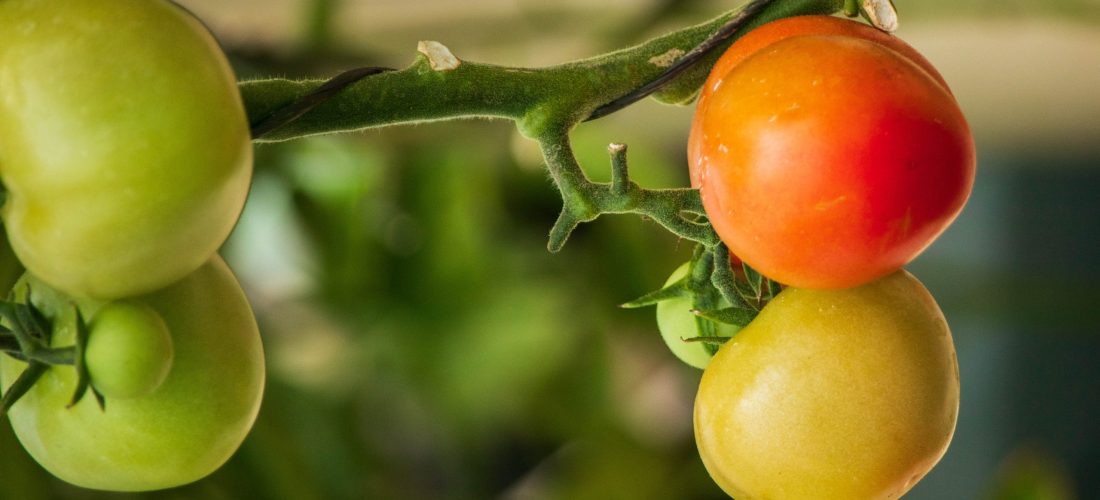Dutch Buckets in Aquaponics
October 06, 2021
The Hydroponic Dutch bucket setup is known as one of the simplest methods to grow a hydroponic crop. This method gets a little more complicated in an aquaponics system but it’s still an option to consider when deciding on your grow method. Let’s talk about Dutch Buckets in aquaponics so you have a better understanding of how they work.
What is a Dutch Bucket?
Each bucket is set up separately allowing you as the farmer to space out larger crops. These buckets are connected to your fish tank, mechanical filter and biofilter. The water is provided to the plants, drained through the buckets and then returned to the fish tank. It’s basically a media bed that’s been separated and there’s no need for a syphon as the continuous flow of water will simply drain through the bottom of the buckets. To avoid algal growth you can either place a lid on the bucket with a hole that is just big enough for your plant to emerge or you can place a top layer of dry media to act as a light barrier.

Benefits of a Dutch Bucket setup
Save on Money and Media
The separated bucket setup is a great way for farmers to separate bigger plants. Allowing the plants to have enough room to grow without any restrictions. This separation can also be achieved in a media bed by simple spacing out your plants however, you would be wasting both space and media. Whereas, the Dutch Buckets allow you to save on media as each bucket is a separate system and can be position according to your plants’ spacing requirements.
Easier Pest Management
The separated buckets also help with pest management. With this setup, it’s easy to add or remove any plants as required. Should you have a pest issue or an infected plant, you can simply remove it and treat it elsewhere to ensure the rest of your crop doesn’t get infected. The flexibility of this grow method also makes it easy to adapt your hydroponic component to suit your fish and nitrifying bacteria.
Natural Biofilter
In a similar way to media beds, media in the Dutch Buckets acts as an additional support system to the biofilter as the increased surface area, dark and well-aerated environment allows for bacterial growth.
Disadvantages of the Dutch Bucket grow method
Space is money
If you are looking into commercial aquaponics, you might already know that space optimization is everything. We like to fully optimize a system to provide the most produce without sacrificing on quality. Therefore, we find that there are other grow methods that are better suited to optimize your space. However, if you are just looking at aquaponics as a hobby or a side income, then we suggest giving Dutch Buckets a try!
Possible Fungal Issues
Having the roots exposed to a constant trickle of water can encourage algal and fungal growth. Therefore, you are slightly more susceptible to infection. There are ways to move around this problem but as any farmer would say, it’s important to note the risk.
We highly recommend giving this grow method a chance. It’s easy, adaptable and bucket loads of fun ;) If you have any questions regarding how to set up a Dutch Bucket system then don’t hesitate to contact us or book a consultation. We would be happy to help you decide on the grow method that’s best suited to your needs.